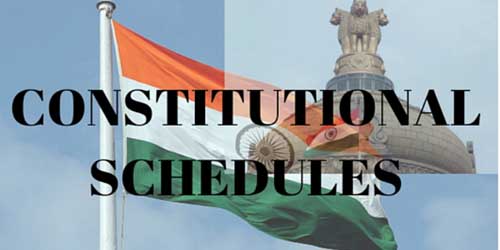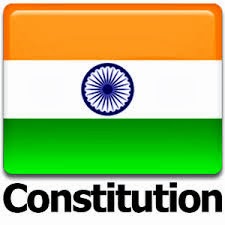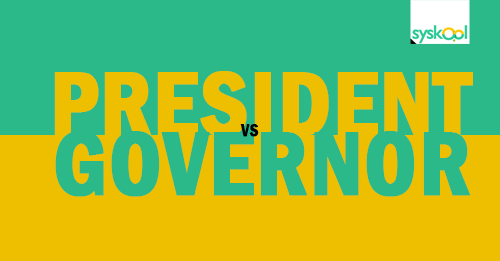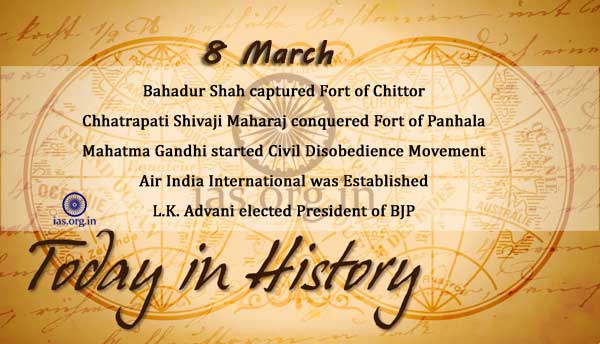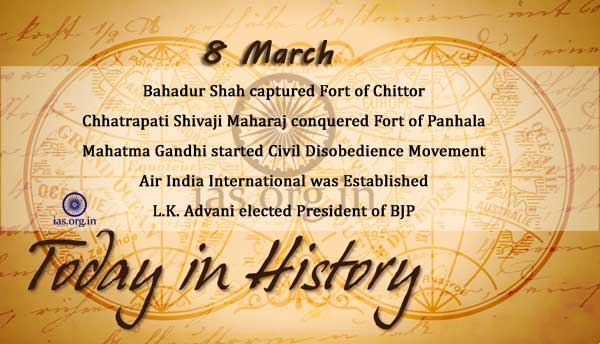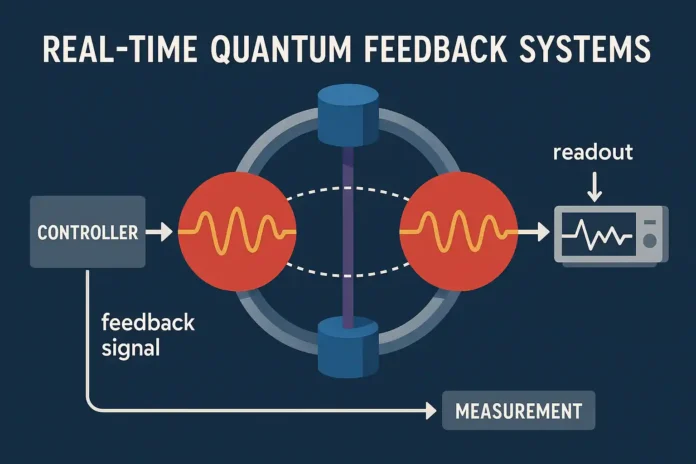Greenhouse gas emissions, which includes carbon dioxide too, are accepted physical exhibitions of enhancing anthropogenic and development activities around the globe. These ’emissions’ are potential global warming threats as well. According to ‘The Economist’ (April 19, 2014) coal, much needed for the energy industry, continues to be the fuel of the future. Energy supply has the highest apportion of 28 percent followed by agriculture, transport, and industry sectors.
India, having 17 percent of the world’s population, is the third largest producer of coal as well as Green House Gas (GHG) emissioner, India’s total emissions are only 5 percent of the global emissions. Energy supply has an allotment of 37 percent; agriculture, transportation, building and industry are other important stakeholders.
Must Read: Biotechnology Impact on Cotton Production
Climate Change Alleviation
United Nations Framework Convention on Climate Change (UNFCCC) and Kyoto Protocol, international protocols and conventions, are restraining all countries of the world to make greenhouse gas lists for taking action towards stabilization of CO2 concentration in the atmosphere.
As an emerging coal dominant economy, India has to discover its own solutions to climate change. It requires to acquire a credible response in terms of green technology to fight greenhouse gas emissions.
In the Copenhagen Summit, India volunteered GDP intensity reduction of 20 – 25 percent by 2020 from 2005 level. In the post Kyoto phase, UN secretariat has appealed all countries to give their Intended Nationally Determined Contributions (INDCs).
India’s stated objectives in INDCs are:
- to decrease DDP intensity reduction of 33 – 35 percent by 2030 from 2005 level;
- to sum up carbon sinks for 2.5 – 3 billion tons of carbon dioxide by 2030; and
- to possess 40 percent non fossil fuel based electricity capacity.
The most promising and significant aspect in this ahead looking policy is that technology would have to discover ways through new research and maximum resource utilization.
Improvement on Energy Efficiency
The National Mission on Enhanced Energy Efficiency (NMEEE), under National Action Plan on Climate Change (NAPCC), has a focus on ameliorating energy efficiency across the sectors. The first phase of Perform, Achieve and Trade (PAT) mechanism was completed in 2015. It has nine designated largest sectors known as: Aluminium, Cement, Chlor – alkali, Fertilizers, Pulp & Paper, Iron & Steel, Sponge Iron and Textiles. In fossil fuel based power plants such as super critical and ultra supercritical boilers, use of energy efficient technologies has been promoted. It alleviates demand on fuel and GHG emissions per unit of electricity generated.
The second phase of PAT, that is going to be launched, incorporates three more sectors namely Electricity Distribution, Railways and Refineries. A large number of technologies, with the assistance of being incentivized through participation of private sector, would have to be implemented, many of which are in existence and can be applied across the sectors.
In other demand sectors as well too, efforts towards adoption of efficient technology have to be mounted. In the transport sector, for instance, new standards has been fixed for fuel economy and a 15 percent abatement in fuel consumption is targeted by 2021 – 22.
The 20% mixing of ethanol and biodiesel in automobile fuel was the aim for 2017.
The enhancement and upgradation of existing technologies incorporating search for Alternatives fuels and electric vehicles in order to acquire their commercial viability has to be principal goal in the direction of a climate change solution.
Also Read: National Biotechnology Development Strategy (NBDS) (2015 – 2020)
Non-Fossil Fuel Energy Technology
Non-fossil fuel technologies can surely be possible climate change solutions if they can be harnessed on large scale to become cost competitive, as they produce to GHG emissions during operation.
The Integrated Energy Policy 2006 had projected 800 GW of electricity installed capacity in 2031 – 32. 40 percent of this would mean that 320 GW should come from non – fuel energy.
At present, renewable energy, hydropower, and nuclear power add to 83 GW. The current allotment of renewable electricity capacity is 13 percent in the total generation in India.
The revised National Solar Mission target is 100 GW installed capacity by 2022. At present, Solar energy capacity has reached 3.5 GW which is almost eight times compared to 47 MW in 2010. The target is to attain a total of 175 GW by 2022 from all renewable sources.
Don’t Miss: Technologically Advanced Countries in the World



